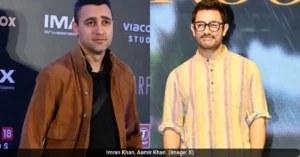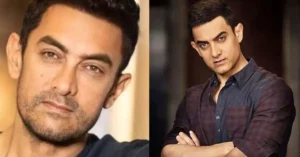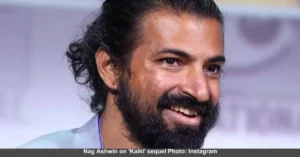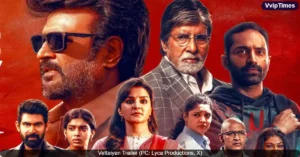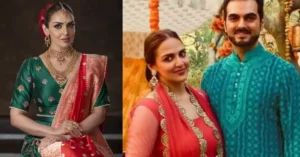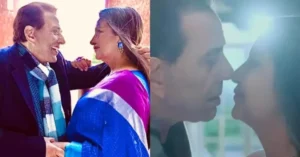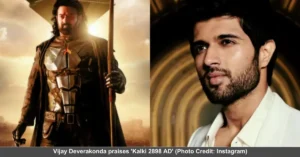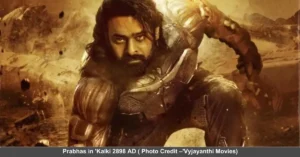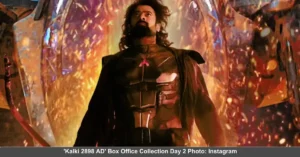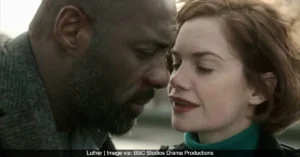Many Bollywood films almost ended very differently than what viewers saw on screen. These changes happened due to various reasons like censor board requirements, audience feedback, or producer requests. Such alternative endings reveal a lot about the creative process behind filmmaking and the balance between artistic vision and commercial needs.
Bollywood has a long history of making changes to film endings. Sometimes, these changes are small, but at other times, they completely change the story’s direction. The original endings often offered bold or unexpected conclusions, from sad sacrifices to unfinished love stories. However, many factors led to these endings being rewritten before the films were released.
Sholay (1975)
The classic film Sholay, which starred Amitabh Bachchan, Dharmendra, Jaya Bachchan, and Hema Malini, had two different endings filmed. In the version audiences know, the police arrive and arrest Gabbar before Thakur can kill him.
The original ending showed Thakur killing Gabbar using his feet. Director Ramesh Sippy shared in an interview with Indian Express that the censor board requested this change. They did not approve of Gabbar being killed with feet, and since Thakur had no hands, he could not use a gun. Despite his reservations, Sippy had to agree to the change.
PK (2014)
PK, featuring Aamir Khan, Anushka Sharma, and Sushant Singh Rajput, also had an alternate ending planned. The released film ends with Aamir Khan’s character, PK, returning to Earth with another alien friend, played by Ranbir Kapoor, as part of a new research group.
The initial ending involved Anushka Sharma’s character, Jaggu, and Sushant Singh Rajput’s character, Sarfaraaz, performing the “Battery Recharge Dance” to remember PK. This alternative ending was also considered good by many. There were two main reasons given for this change. First, during test screenings, audiences wanted to see PK return to Earth. Second, Aamir Khan stated that the original ending was changed because he noticed similarities with the film Inception, which had been released earlier.
Baazigar (1993)
Baazigar, a film with Shah Rukh Khan, Kajol, and Shilpa Shetty, shows Ajay, played by Shah Rukh Khan, dying at the end. However, the film’s initial plan was different.
The directors, Abbas-Mustan, wanted Ajay to die, but Rakhee and other distributors felt it would not be a good idea. They also shot an ending where the police arrive and arrest Shah Rukh Khan. The directors told PTI that this ending was not chosen because it did not properly convey the emotional state of the character.
Pink (2016)
Pink, starring Amitabh Bachchan, Kirti Kulhari, and Taapsee Pannu, was also initially planned with a different ending. In the final version, the girls win the case in court, with the verdict supporting Minal’s story and the idea of “no means no.” However, the film was first shot differently. In that original ending, the girls lost the case because they did not have enough evidence to support their claims.
Taapsee Pannu explained the reason for the change in an interview with Bollywood Life. She mentioned that the filmmakers wanted the ending to give a valuable message to the audience, encouraging them to be strong and brave in their lives.
Delhi 6 (2009)
In Delhi 6, Abhishek Bachchan plays Roshan Mehra, and Sonam Kapoor plays Bittu Sharma. The released ending shows Roshan surviving a mob attack after he acts as Kala Bandar to stop Bittu from running away with her lover. He then tells her he loves her. A crowd mistakes him for the real Kala Bandar and beats him severely, but he recovers after meeting his grandfather in heaven.
The film originally had a more tragic ending where Roshan was meant to die after the mob beating. This version was shown at the Venice International Film Festival and received good feedback. However, this ending was changed. Reports suggest that director Rakeysh Omprakash Mehra agreed to UTV’s request for a happier ending than what he first imagined.
These examples show how many factors influence the final cut of a film. The untold endings of these Bollywood movies add an interesting layer to their stories, highlighting the decisions made behind the scenes that shape what audiences eventually see.
The current discussions in the film industry often focus on how filmmakers balance creative freedom with commercial viability. Many artists continue to explore alternative story paths and endings, hoping to deliver unique narratives while still meeting audience expectations and industry demands.
CREDITS: Wikipedia


